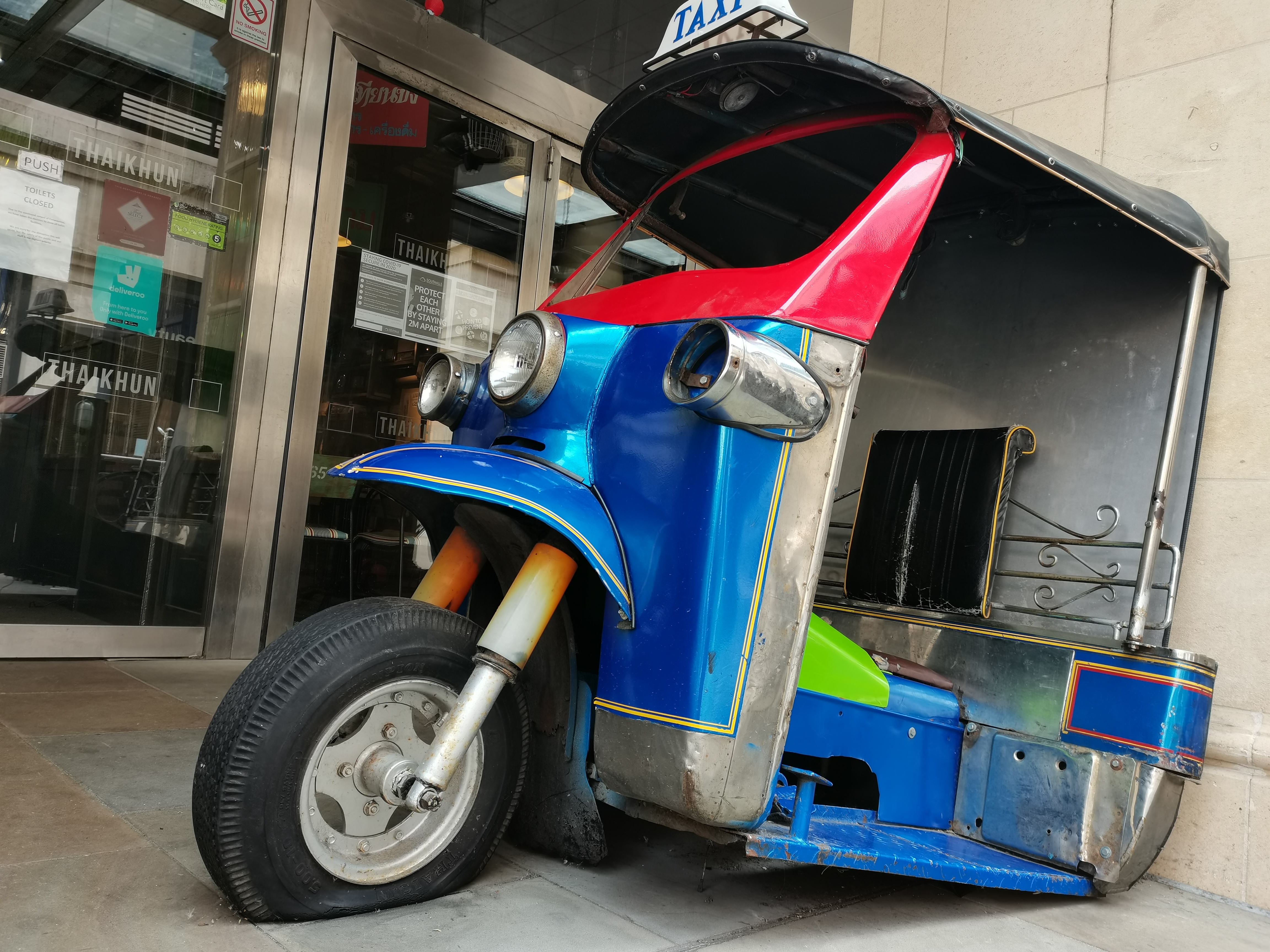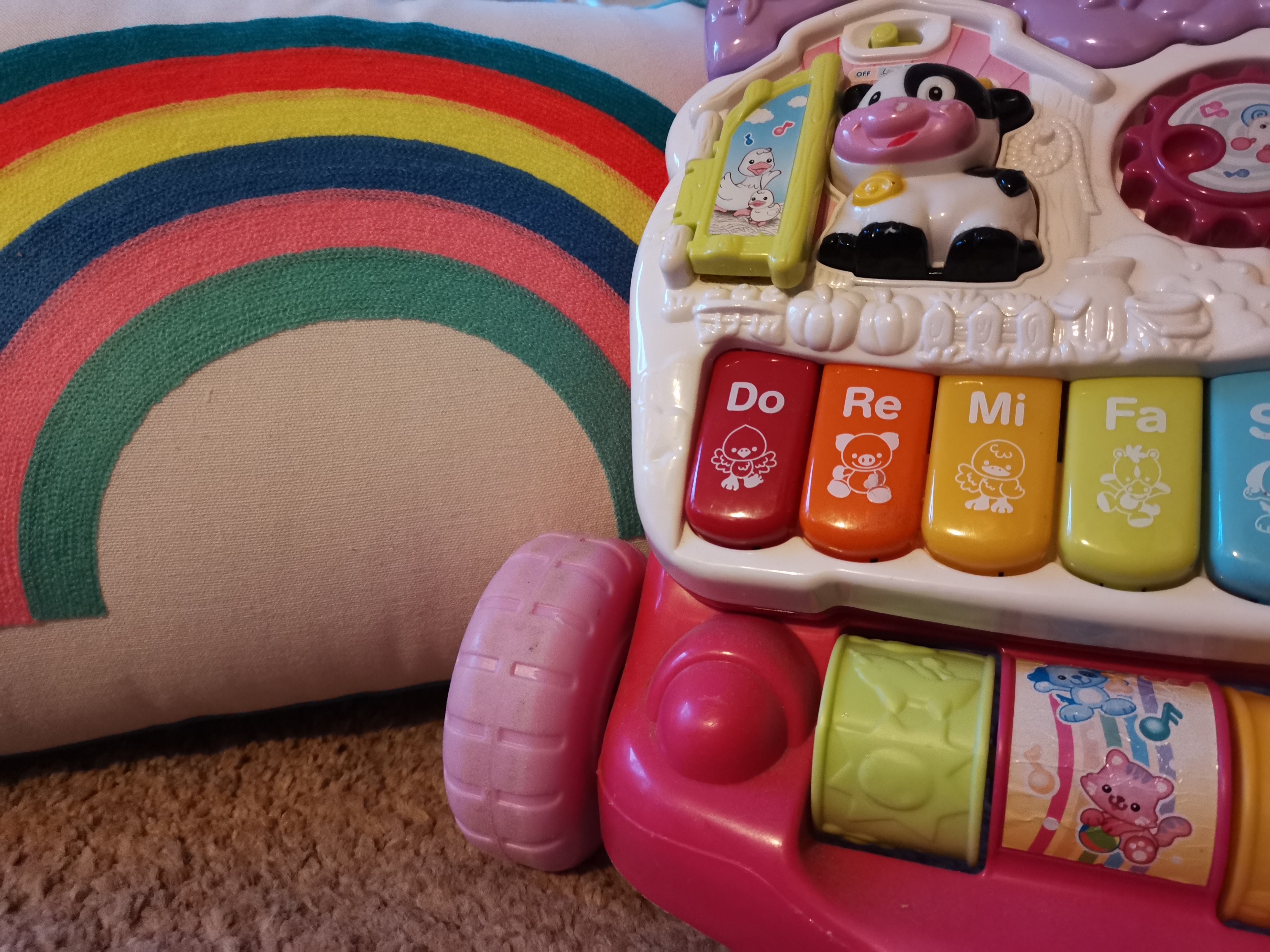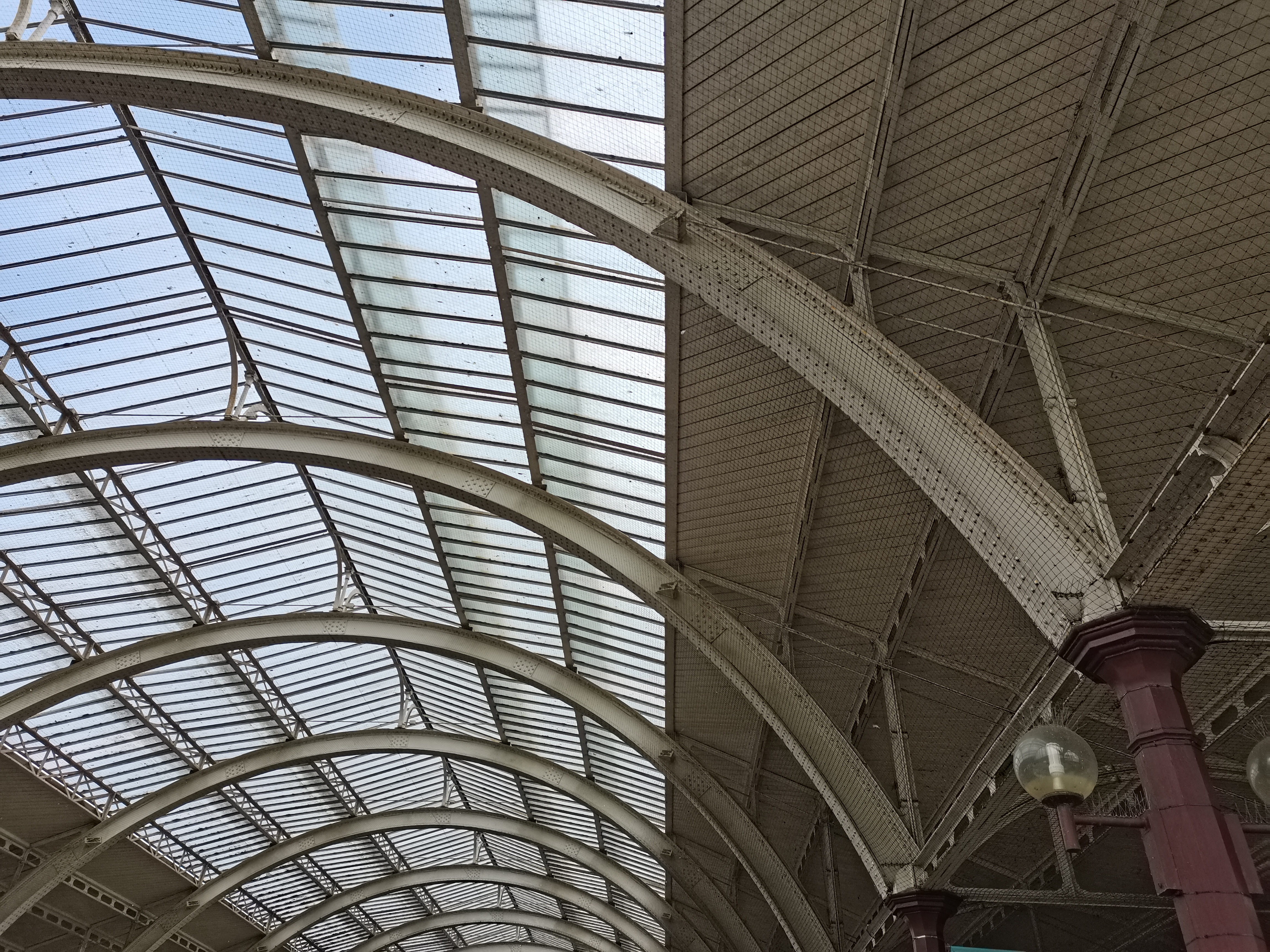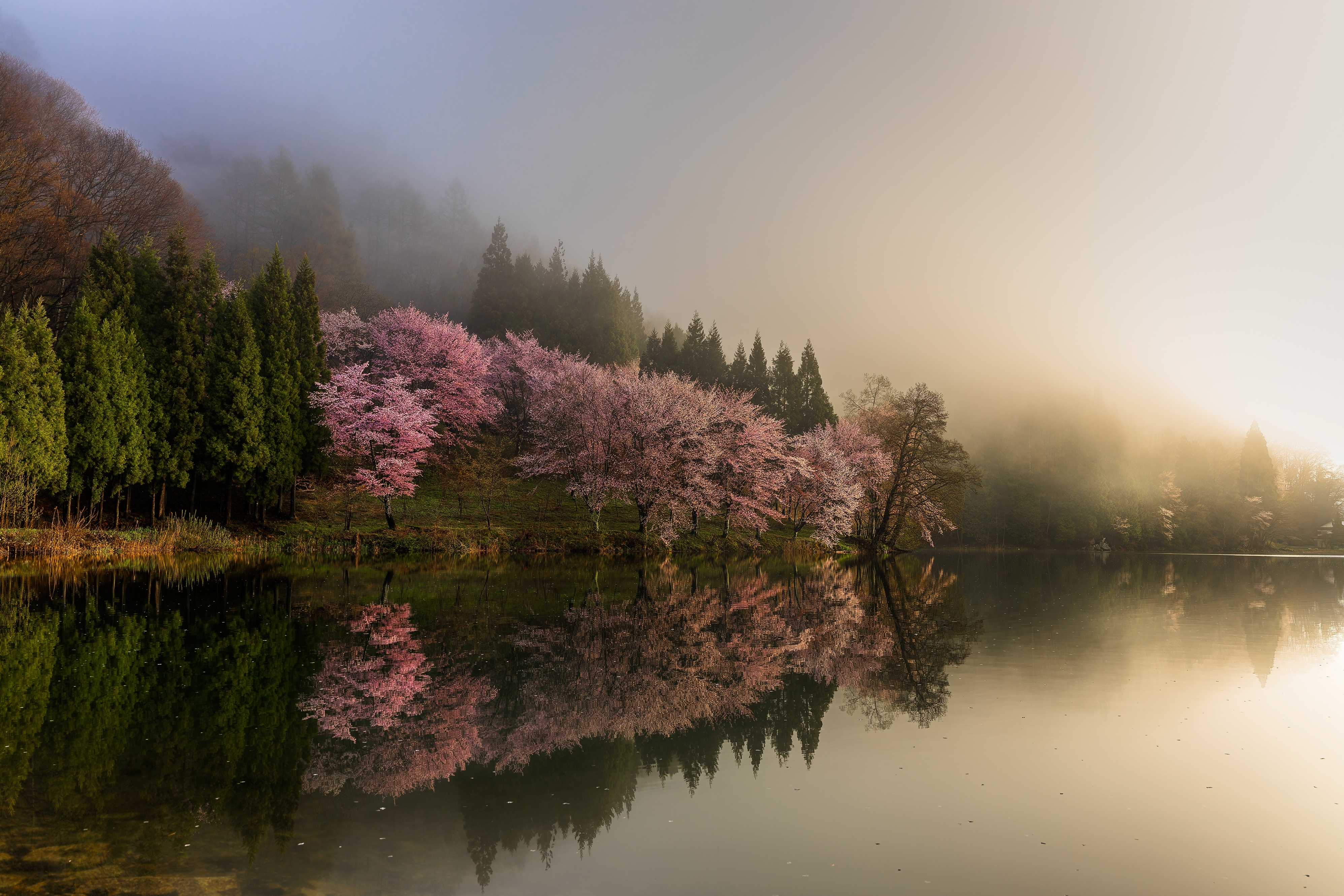Digital Camera World Verdict
The Huawei P40 Lite 5G is a good value camera phone if you must have a 5G handset, offering decent image quality from its main 64MP camera, and premium design/build for an accessible price. However, if you can do without 5G, other manufacturers will give you very similar camera hardware for a lot less money.
Pros
- +
Good value for a 5G phone
- +
Decent image quality from main camera
- +
Premium feel
Cons
- -
Disappointing ultrawide camera
- -
Expensive next to equivalent 4G phones
- -
Issues with Google Services
Why you can trust Digital Camera World
Only a short while ago, 5G-capable phones were almost exclusively flagship handsets with formidable price tags. Now we're seeing 5G phones in the midrange and even bordering on budget phone territory, and the Huawei P40 Lite 5G is just such a device. Slightly confusingly for shoppers, the P40 Lite 5G sits above the regular (non-5G) P40 Lite, but below the standard P40 (which is also a 5G phone).
With an RRP of £380/€400, the P40 Lite 5G is certainly good value for a 5G-capable phone, and it's little more than half the price of a P40. Could this be the best 5G phone bargain of the year?
• See also Best Huawei phones
Design and features
The P40 Lite and P40 Lite 5G are actually completely different devices with mostly different specifications, though they look similar from the front. Both phones boast quad rear-facing cameras, but while the normal P40 Lite's primary camera is a 48MP 1/2.0 sensor with a 26mm f/1.8 lens, the P40 Lite 5G ups the ante with a larger 64MP 1/1.7" sensor, also fronted by a 26mm f/1.8 lens. The other three rear-facing cameras include a 8MP, 17mm-equivalent ultrawide camera, a 2MP macro camera and a 2MP depth-sensing camera to improve the accuracy of simulated background bokeh blur in your portrait shots.
At 162.3 x 75 x 8.6 mm, the P40 Lite 5G is approximately the same size as the P40 Lite, but it's noticeably larger than the more upmarket P40. This makes room for a large 6.5-inch IPS LCD display with a 1080 x 2400 resolution, equating to a respectable 405ppi pixel density. The display is also HDR10 certified for improved dynamic range.
The P40 Lite 5G is powered by a fairly large 4000mAh battery, though this is still a slight reduction on the 4200mAh capacity of the P40 Lite's battery. Both phones get 40W fast charging as standard, which Huawei claims can get you to 70% capacity in just 30 minutes.
Only one storage/RAM configuration is available: 128GB, with 6GB RAM. The storage can be expanded courtesy of Huawei's proprietary Nano Memory card slot. Nano Memory cards are the same size as a Nano SIM card and function identically to MicroSD, but are 45% smaller in physical size.
The best camera deals, reviews, product advice, and unmissable photography news, direct to your inbox!
Performance
With its 64MP primary camera, the P40 Lite 5G actually sports the highest resolution camera sensor of any phone in the P40 range, including the flagship P40 Pro Plus. That initially seems like rather a silly own goal on Huawei's part, but there's a lot more to image quality than just outright megapixels. For starters, by default the camera combines groups of four adjacent pixels into one big pixel to improve image quality in a process called pixel binning. This has the effect of reducing image size to a quarter that of a 64MP image, so the photos you capture are actually 16MP shots. That's really no bad thing though, and it's something all high resolution camera phones do as standard.
We shot the P40 Lite 5G directly alongside it's flagship sibling, the P40 Pro Plus, to see whether the budget handset could even come close to the stellar image quality offered by the Pro Plus. And the good news is, it can, providing you're not too fussy. Images from the P40 Lite 5G's primary camera are well exposed, accurately focused, and look great when viewed on the phone itself.
Dig a little deeper by viewing on a large screen computer monitor and imperfections can be found though. There's noticeably more chromatic aberration (purple fringing) visible around areas of high contrast, such as tree leaves in front of a bright sky. Also, the P40 Lite 5G's image processing is harsher than it is on the Pro Plus, with images looking a bit over-sharpened under close scrutiny. Some diagonal lines take on a stepped appearance, and the overzealous sharpening also increases the amount of unwanted grain noise visible in shadow areas. Contrast can also look a bit too strong in places. But these are still fairly minor criticisms, as on the whole, image quality is excellent considering the P40 Lite 5G's accessible price. Low light shots are also respectably close to the quality of those from the P40 Pro Plus, though you will need a steady hand, as there's no optical image stabilization with the P40 Lite 5G. This can make a big difference to how easy you can get a sharp shot in low light.
What's not so impressive is the image quality from the ultrawide camera, which is disappointing at best, and downright ugly at worst. Granted, the 8MP sensor is a big drop from the 16MP pixel-binned images generated by the primary camera, but even accounting for this, ultrawide shots are very soft with precious little fine detail. These images really need to be viewed at no larger than 50% image size to appear sharp, and then you're left with a very small photo indeed. This criticism certainly isn't unique to the P40 Lite 5G though. In the budget and lower-mid-range camera phone sector, cramming in as many rear-facing cameras seems far more important to phone manufacturers than actually making all these cameras useful, or even any good. The consumer ends up with an impressive-sounding 'quad camera' device, but three of the four cameras are there mostly as a marketing gimmick. Upper-mid-range and flagship phones do have much more evenly matched multi-camera arrays, but you'll really pay for this level of quality control.


As with all new Huawei phones, the P40 Lite 5G has been barred from accessing the Google Play store, and Google Services apps like YouTube, Google Maps and Chrome. That all sounds like an immediate deal-breaker, but Huawei is doing everything it can to work around this issue.
For starters, there's Huawei's own AppGallery app store where you can find many popular Android apps. There are still some notable exceptions, such as Facebook and the apps it owns like Instagram and WhatsApp. But again, there are workarounds, as both Facebook and Instagram apps can be downloaded direct from their respective websites.
And Huawei's not stopping there. Huawei's Petal Search Engine is a search engine portal that searches other app stores (yes, there are lots of others besides the Play store) where you can download apps like Google Maps and Chrome from lesser known stores. Petal Search automatically sources the app and installs it - there's no need to actually navigate to the third-party app stores you're downloading from.
Of course all this isn't as slick or easy as just using a phone that hasn't been barred from Google Services, and you may find some Google apps don't quite work flawlessly on new Huawei handsets, but these workarounds do at least mean you should't rule out the P40 Lite 5G purely because of the Google vs. Huawei battle.









Verdict
In a world of even-increasing camera phone prices, we love a device that offers maximum bang for not a lot of bucks, and even though the P40 Lite 5G is not a cheap phone, it does give great value for money. You can get consistently attractive images from its main camera, and the device itself feels much more like its more upmarket P40-series siblings than a cut-price device.
We definitely don't advocate buying the P40 Lite 5G purely on the basis that its a quad-camera phone, however. The only rear-facing camera worth using is the primary, 64MP wide-angle camera. The other three cameras are there mostly to make up the numbers.
Then there's the issue of price. Sure, the P40 Lite 5G is good value for a 5G-capable phone, but you've really got to want 5G connectivity (or even be able to access it where you live/work) for the cost to be worth it. If you can do without 5G, phones like the Realme 6 and Xiaomi Redmi Note 9 Pro offer comparable cameras, displays and overall performance to the P40 Lite 5G, but for almost half the price.
Read more
Apple iPhone 11 Pro Max review
Samsung Galaxy S20 Ultra 5G review
Ben is the Imaging Labs manager, responsible for all the testing on Digital Camera World and across the entire photography portfolio at Future. Whether he's in the lab testing the sharpness of new lenses, the resolution of the latest image sensors, the zoom range of monster bridge cameras or even the latest camera phones, Ben is our go-to guy for technical insight. He's also the team's man-at-arms when it comes to camera bags, filters, memory cards, and all manner of camera accessories – his lab is a bit like the Batcave of photography! With years of experience trialling and testing kit, he's a human encyclopedia of benchmarks when it comes to recommending the best buys.








